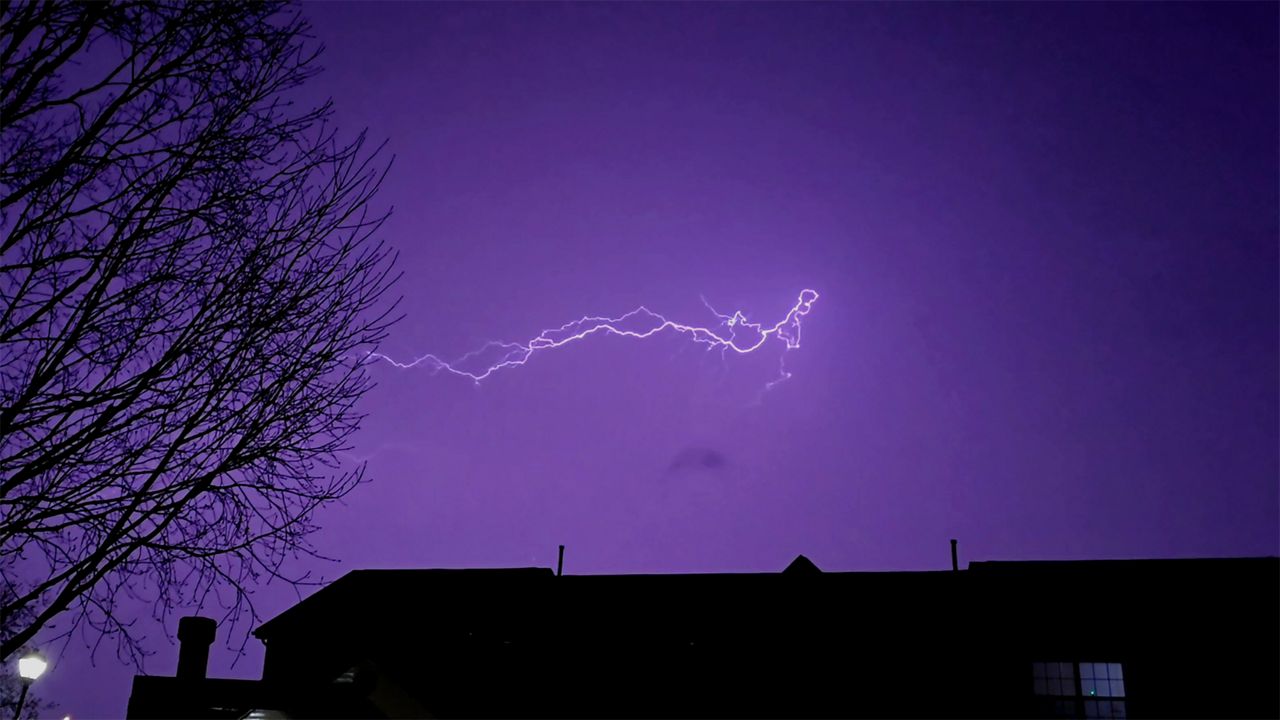CLEVELAND — A recent study from Consumer Reports shows dangerous chemicals were present in all samples of braiding hair they tested.
The report states braiders and those who wear the products could be at risk for potential health problems as a result.
The recent report has started the conversation with hairstylists across the country and in Cleveland.
“I've been braiding my whole life, I always braid," said Tianna Benson, or TB, a licensed cosmetologist. “I never wanted to do nothing else. I only wanted to braid.”
TB has been doing hair for the last 15 years and has serviced more than 500 heads. Her specialty is braids.
“So as a kid, my mom would make me wear braids," said TB. "And then my brother showed me how to braid at 6 (years old)."
She said she was surprised to hear about chemical contamination in the braiding hair she uses nearly every day.
Consumer reports tested 10 of the most popular brands of braiding hair and found carcinogen in 100% of them. According to Cleveland Clinic, a carcinogen is a substance or agent that increases the risk of developing cancer.
The tests were done on Sensationnel Ruwa 3X Pre-Stretched Kids Braid 12'', Sensationnel X-Pression 3X Pre-Stretched Braid, 58'', Magic Fingers 3X Pre-Stretched Braiding Hair, 52", Sassy Collection 100% Kanekalon Jumbo Braid, Shake-N-Go FreeTress 3X Pre-Stretched Braid 301, 34", Afro Twist Pre Fluffed Wrapping Hair, 24”, Shake-N-Go Organique Mastermix Water Curl Weave, 30'', Debut Wavy Hair Weave, 20”, Sensationne Lulutress Crochet Braid Passion Twist, 12’’ and Darling Flexi Rod Curls Crochet, 14''.
“It does open our eyes to pay attention to what products we are using and the things that we are putting in our hair," said TB.
Consumer reports said braiders and clients are both at risk for exposure. Not just through their hands or scalp, but also if they touch their hair and then rub their mouth or eat something, inadvertently ingesting chemicals.
Dr. Ryan Marino, a medical toxicologist at University Hospitals Seidman Cancer Center, specializes in the treatment of those negatively affected by chemical exposure.
“There's a lot of compounds there that we try very intentionally to limit people's exposure to," said Marino.
There were also high levels of lead in nine of the 10 products tested. Lead was not detected in Sensationnel X-Pression 3X Pre-Stretched Braid, 58''. Prolonged exposure to lead has been linked to damage the brain and nervous system.
Some of the other chemicals found in the synthetic braiding hair include chloroform, methylene and chloride.
“It's not something that we can just say, 'don't ever use this again' very easily," said Marino. “So, I think something will hopefully come out of this. There's definitely more study that needs to be done.”
TB agrees, saying it's unlikely these products will stop being used. She also hopes this information will lead to further research, but said in the meantime, there are some things she can do to reduce chemical exposure.
She said she detoxes the synthetic hair before installing braids and she'll continue to talk to her clients about checking what's in their hair products.
“It’s my job to make my clients look and feel beautiful," said TB. “It's also my job to make sure that they aren't using any products that damage their health.”
Currently, there is a lack of specific federal regulations for synthetic braiding hair ingredients.
Correction: This story previously misattributed quotes. This has been corrected. (March 31, 2025)












